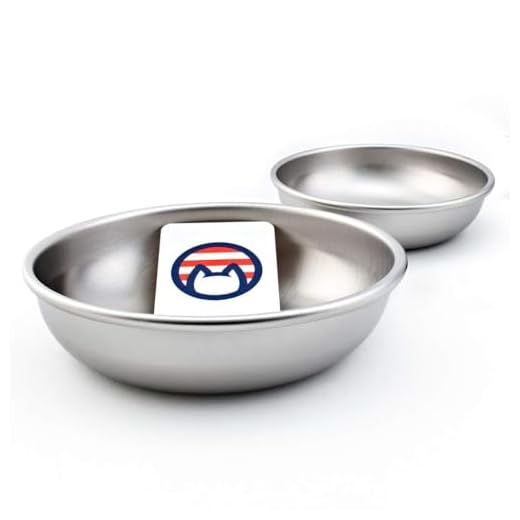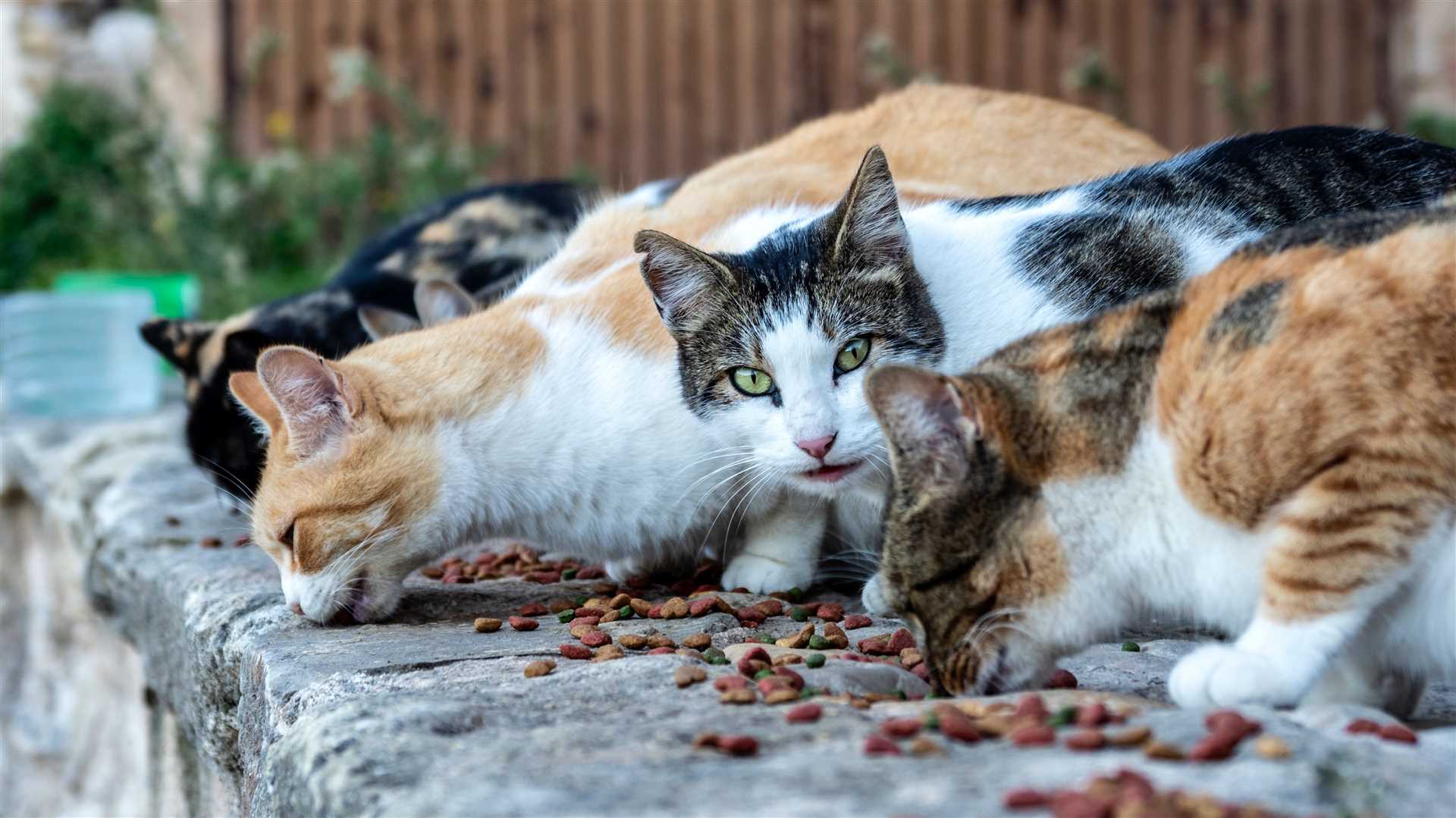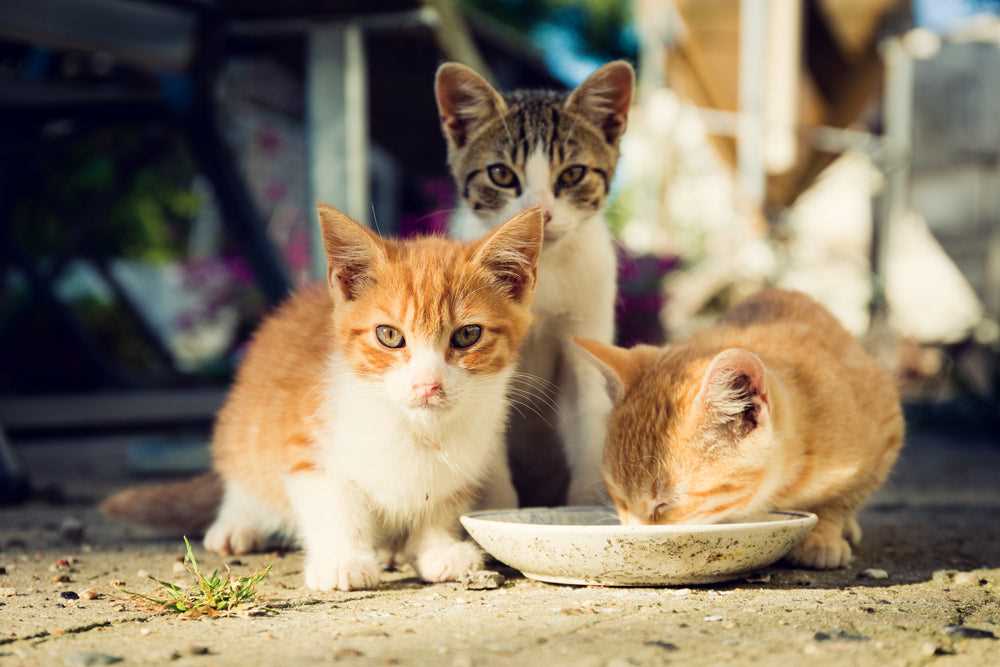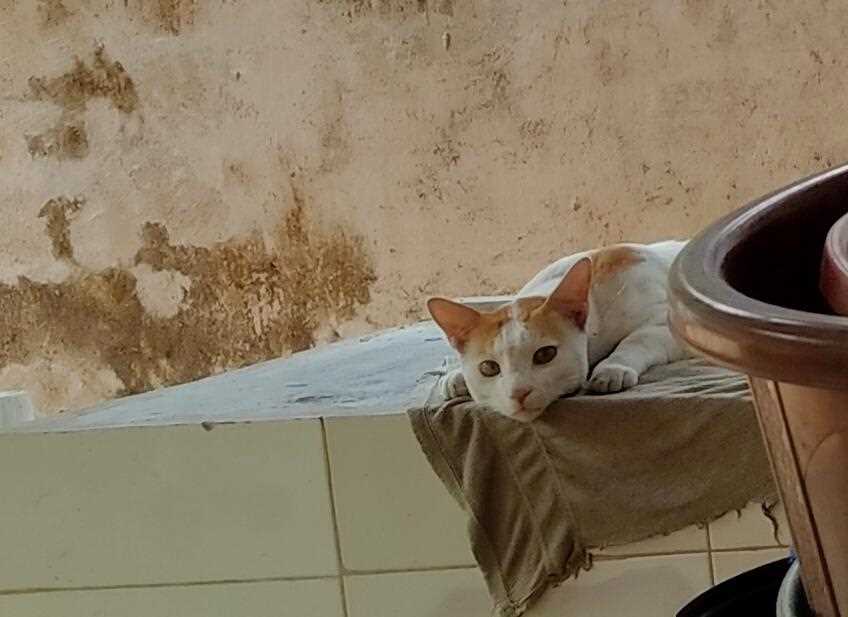



To make a meaningful impact, consider placing a warm shelter in your yard. A simple wooden box lined with straw can provide comfort during cold nights. Ensure it’s elevated to keep moisture out and has a small entrance to create a safe space.
Next, prioritize nutrition. High-quality wet food is an excellent choice, as it not only hydrates but also attracts these wandering souls. Canned varieties with meat as the first ingredient are usually the most appealing. Supplementing with dry kibble can help maintain their energy levels.
Water is just as critical. A shallow bowl filled with fresh water should be available daily. If the weather is extremely cold, consider a heated water bowl to prevent freezing.
Don’t forget about health. If you notice a resident appearing regularly, schedule a vet visit for vaccinations and spaying or neutering. This not only helps the individual but also contributes to controlling the population of unhomed animals in your area.
Engaging with local animal welfare organizations can provide additional resources and support. They often offer food, shelter supplies, or even advice on how to care for these animals effectively.
What to Offer a Homeless Feline
Choosing the right nourishment is key. Opt for high-quality wet food, as it provides hydration and is often more palatable. Look for brands with real meat as the primary ingredient, avoiding fillers like corn and soy.
Protein snacks, such as freeze-dried meat treats, can be enticing. These are not only tasty but also boost energy levels. Just a few pieces can make a significant difference.
A warm shelter is crucial, especially during colder months. A simple cardboard box with blankets can offer comfort. Place it in a quiet, safe area away from busy streets.
Fresh water should always be available. Consider a shallow bowl that won’t tip easily. Change the water daily to keep it clean and appealing.
Regular veterinary care is important. If you can, check for local programs that provide vaccinations and spaying or neutering services to help control the population.
Lastly, patience and gentle interaction can build trust. Use soft voices and slow movements when approaching. A little kindness goes a long way in winning their hearts.
Choosing the Right Food for Felines
Opt for high-quality wet or dry options that cater to the dietary needs of these free-roaming companions. Look for brands that use real meat as the primary ingredient, avoiding fillers like corn and soy. A protein-rich diet is crucial for their energy levels and overall health.
Wet Food Benefits
Canned meals not only provide hydration but also offer a variety of flavors and textures. Choose those with minimal preservatives and natural ingredients. It’s also beneficial to mix wet food with dry kibble for a balanced approach.
Dry Food Considerations

When selecting kibble, ensure it contains adequate protein and fat levels. Check for essential nutrients such as taurine, omega fatty acids, and vitamins. Brands that include probiotics can support digestive health, which is especially important for outdoor adventurers.
For further tips on caring for plants that can coexist with wildlife, check out this link: how to keep plants alive in fish tank.
Safe Shelter Options for Feline Friends

Building a cozy home for homeless furballs can be simple and rewarding. Use materials like straw for insulation and warmth. A large plastic container with a lid can serve as a waterproof base. Cut a small entrance, allowing easy access while keeping out harsh weather.
Wooden pallets or crates can also create sturdy shelters. Elevate them off the ground to prevent moisture buildup. Line the interior with blankets or towels to enhance comfort. Ensure proper ventilation to avoid stuffiness.
Consider utilizing old dog houses as well. They often provide ample space and protection. Adding insulation will help maintain a suitable temperature inside.
If you’re feeling crafty, you can construct a shelter from simple cardboard boxes. Reinforce them with duct tape and place them in a discreet location. This can offer quick refuge from rain and wind.
Remember to position these shelters in safe areas, away from busy streets or potential dangers. Regularly check them for cleanliness and make necessary repairs to keep them in top condition. Providing a secure haven can significantly improve the lives of these wandering companions.
How to Provide Water for Felines in Need
Use heavy, shallow bowls for hydration. They are less likely to tip over and can hold more liquid, which is beneficial during hot days. Stainless steel or ceramic works best, as they resist bacteria and are easy to clean.
Position water sources in shaded areas to keep the liquid cool. Cats prefer fresh, cool water, so change it daily. If possible, set up multiple bowls to ensure easy access.
Consider using a pet water fountain. The sound of flowing water can attract attention and encourage drinking, which is important for their health. This option also keeps the water oxygenated and fresh.
In colder months, check for freezing. Use heated bowls to prevent water from turning to ice, ensuring hydration is always available regardless of the temperature.
Monitor the water levels regularly. If you notice a change in drinking habits, it might indicate a health issue, so be vigilant. Always have a backup plan for water sources, especially during extreme weather conditions.
Identifying Health Needs of Felines in Need
Check for visible signs of distress, such as limping, fur loss, or swollen areas. These indicators often point to underlying health issues that require immediate attention. A thorough examination can reveal parasites, wounds, or infections that may not be apparent at first glance.
Monitoring behavior is equally important. Changes in eating habits, lethargy, or unusual vocalizations can signal health problems. A sudden increase in thirst might indicate diabetes or kidney issues.
Consider consulting a veterinarian for a health assessment. Regular check-ups can help catch illnesses early. Vaccinations, flea treatments, and spaying or neutering are essential for overall well-being.
| Health Concern | Signs to Watch For | Recommended Action |
|---|---|---|
| Parasites | Scratching, hair loss, visible fleas | Administer flea treatment, consult vet |
| Injuries | Favoring a limb, swelling, bleeding | Clean wounds, seek veterinary help |
| Infections | Discharge from eyes/nose, lethargy | Visit a veterinarian for antibiotics |
| Dental Issues | Bad breath, difficulty eating | Dental check-up and cleaning |
| Chronic Conditions | Weight loss, increased thirst | Regular vet visits for monitoring |
Regular observation and timely intervention are key to ensuring their health and happiness. Taking these steps can greatly improve their quality of life and long-term health outcomes.
Best Practices for Socializing with Feline Friends

Approach slowly and quietly. Sudden movements can scare them away. Start by sitting a safe distance away, allowing them to observe you without feeling threatened.
Using Food as a Bridge

- Place food in a bowl near your location. Gradually reduce the distance between you and the bowl over time.
- Use treats to create positive associations. Soft, smelly treats can entice them to come closer.
- Always offer food at the same time each day to establish a routine, helping them feel more comfortable.
Body Language Matters
- Keep your body relaxed. Avoid direct eye contact initially; blinking slowly can signal trust.
- Allow them to approach you first. Hold out your hand and let them sniff it before attempting to pet.
- Observe their reactions. If they seem curious, you may gently pet them. If they back away, give them space.
Patience is key. Building trust takes time, so don’t rush the process. Celebrate small victories, like them coming closer or allowing a brief touch.
When to Contact Animal Rescue Services
If you encounter a feline in distress, immediate action may be necessary. Signs of severe injury, such as bleeding, limping, or visible wounds, warrant a call to animal rescue without delay.
If a furry companion appears trapped or in a precarious situation, seeking professional assistance is crucial. This includes animals stuck in high places or unable to escape confined spaces.
Observe the behavior. If an animal is excessively vocalizing, hiding, or showing signs of extreme fear or aggression, it’s best to reach out for help. These behaviors can indicate an underlying issue that requires expert intervention.
Litters of kittens without a mother present also necessitate contacting rescue services, especially if they seem too young to survive independently. The welfare of young ones is paramount.
If a feline appears malnourished or ill, characterized by symptoms like lethargy, excessive weight loss, or visible parasites, it’s advisable to alert local animal welfare organizations for assistance.
In cases where a wild or feral animal poses a threat to public safety or domestic pets, contacting professionals ensures that the situation is handled appropriately and humanely.
Creating a Long-Term Care Plan for Felines in Need
Establish a routine for feeding and monitoring health. Aim for consistent meal times, ideally twice a day, to help build trust and a sense of security.
Consider these crucial elements for an effective care plan:
- Regular Feeding Schedule: Set specific times for meals. This will help them anticipate and rely on you.
- Health Monitoring: Keep a close eye on their behavior and any signs of illness. Create a record of any health issues to share with a veterinarian.
- Vaccination and Spaying/Neutering: Coordinate with local animal shelters or rescue organizations for spaying/neutering and vaccinations to prevent health issues and manage the population.
- Socialization Plan: Gradually introduce them to new environments and people. Use treats to encourage positive interactions.
- Emergency Contacts: Maintain a list of local animal welfare organizations and veterinarians for immediate assistance.
Don’t forget to provide tools for grooming. Regular brushing is important, especially for long-haired breeds. You can find a best brush for cats that hate to be brushed to make the process easier.
Document everything. Create a care log to track feeding habits, health changes, and socialization progress. This can be invaluable for future reference.
Stay committed. A long-term care plan requires persistence and dedication, but the rewards are immeasurable in the love and companionship these animals provide.









